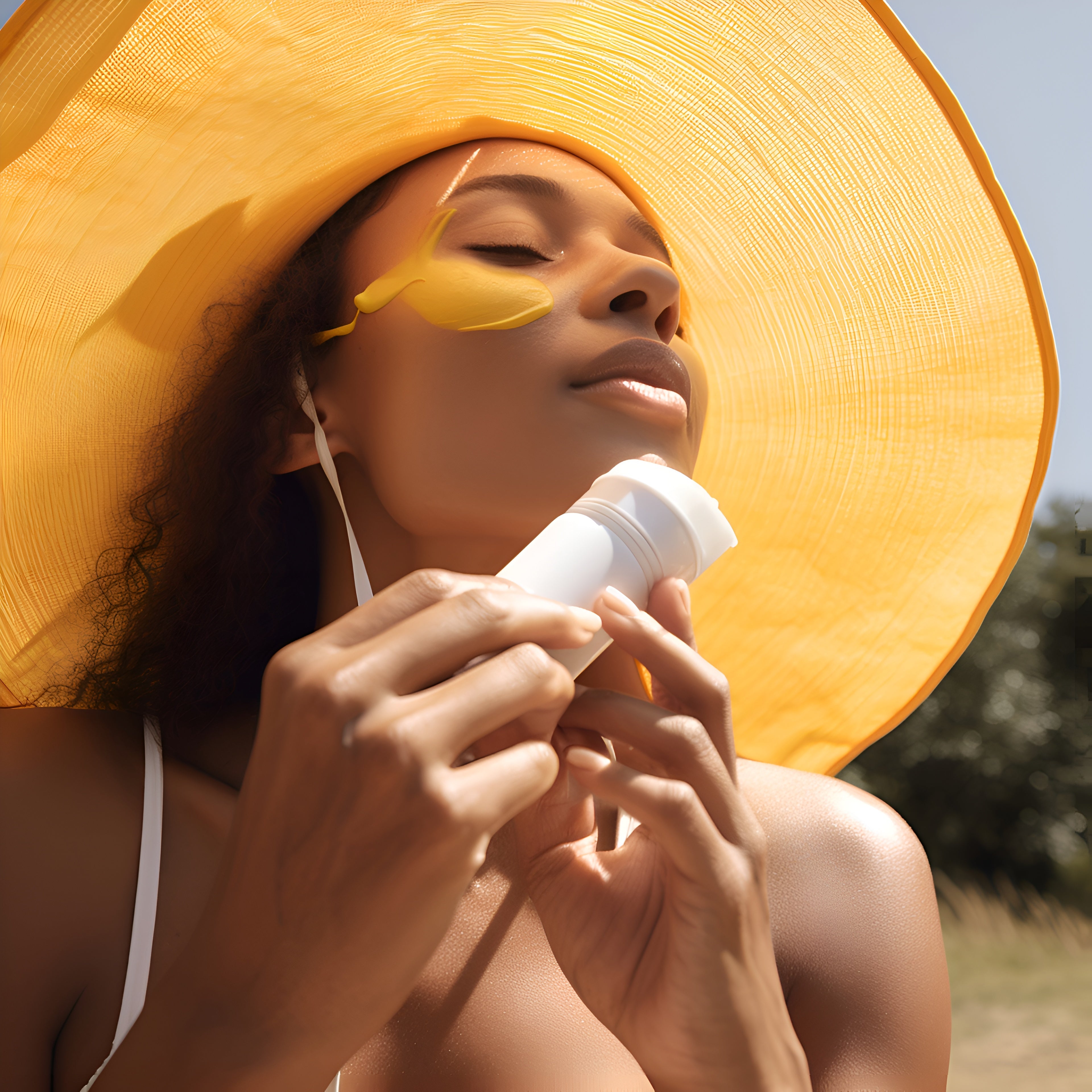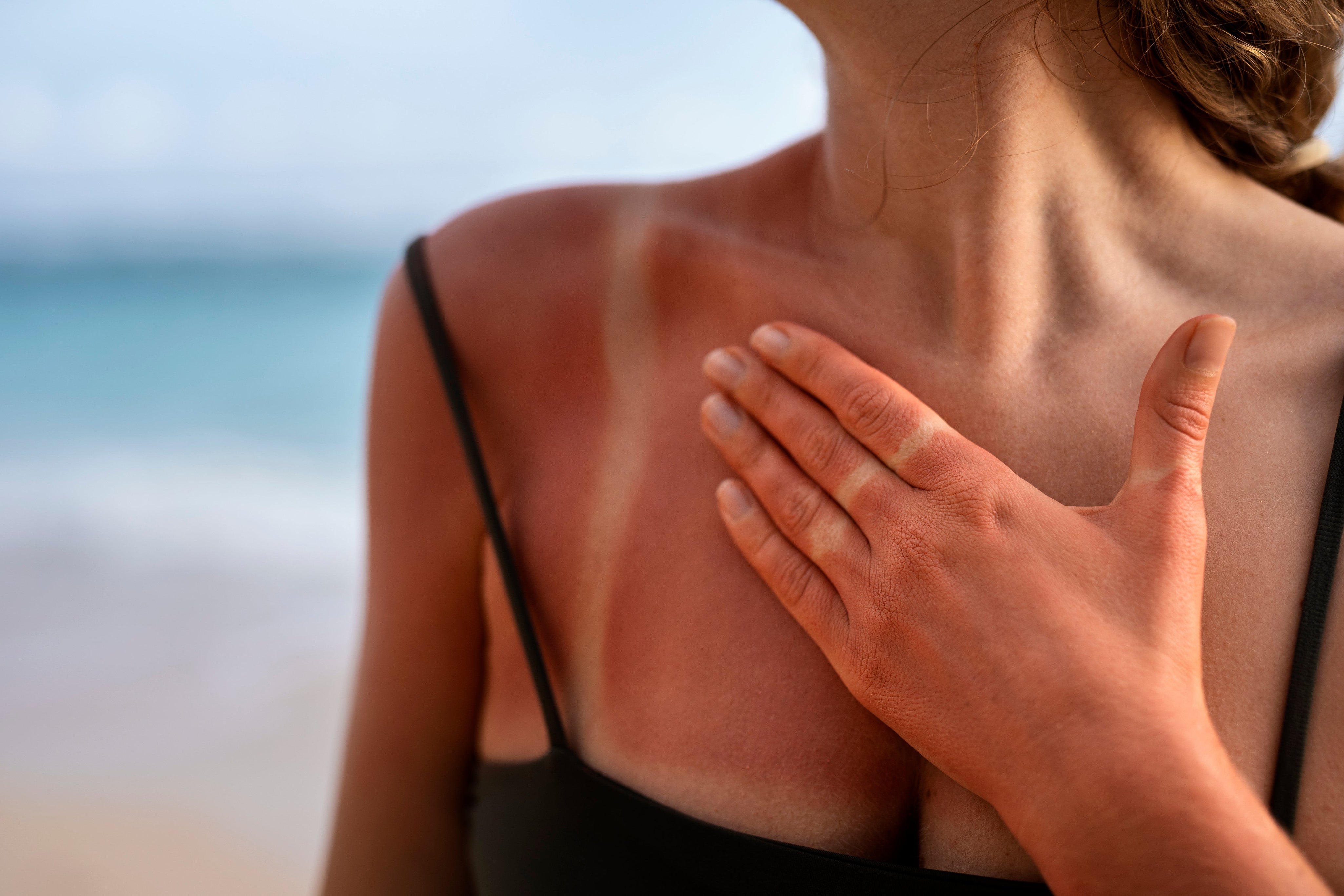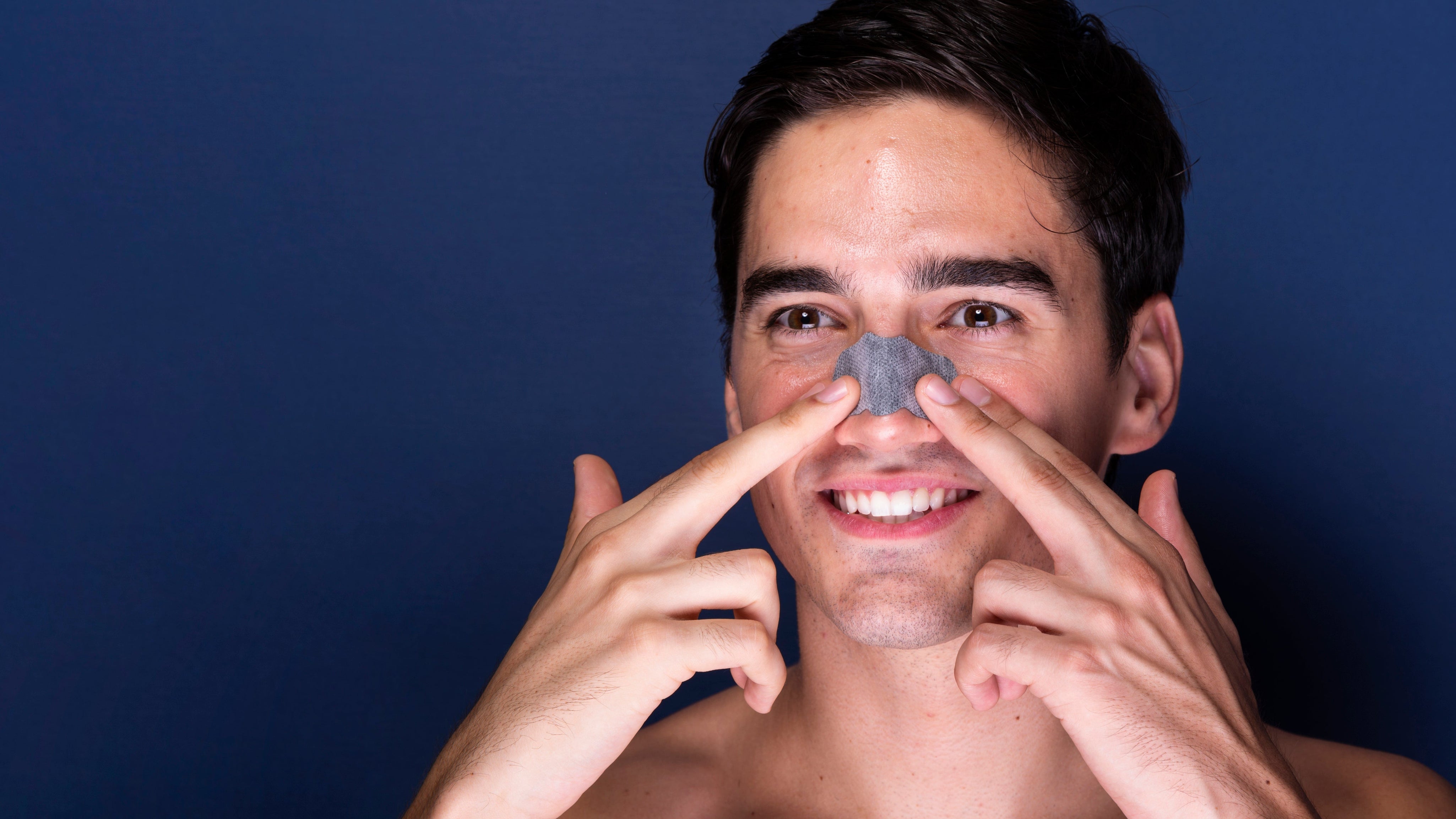Sun Damage Prevention Tips: How to Protect Your Skin Daily

A sunny day often encourages us to be outdoors, but we must remember to protect ourselves from harmful UV rays. Sun damage poses a serious risk to skin health, making it essential to take preventive measures. This guide aims to provide you with practical tips and important information to protect your skin from sun exposure.
Characteristics of a Sun-Damaged Skin
Sun-damaged skin frequently presents with a dry, rough texture and noticeable discoloration. You may observe age spots, fine lines, and wrinkles, which can contribute to an overall appearance of aging. Additionally, prolonged sun exposure can lead to a significant loss of elasticity, making the skin feel less firm and resilient.
Why is Sun Safety Important
Sun safety is essential for everyone, as prolonged exposure to harmful UV rays can result in serious consequences like skin cancer, premature aging, and various skin conditions. By actively protecting your skin from the sun, you not only safeguard your health but also preserve its youthful appearance. Taking simple measures, such as applying sunscreen, wearing protective clothing, and seeking shade during peak hours, can make a significant difference. Embracing these practices ensures that your skin remains healthy and vibrant for years to come, allowing you to enjoy the outdoors while minimising risks.
Still not convinced about the importance of sun safety? Here are 15 essential facts to deepen your understanding and highlight the need for sun protection..
15 Sun Safety Facts
- UV Rays Can Penetrate Clouds: Even on overcast days, up to 80% of UV rays can still reach your skin, meaning you can easily get sunburned without realizing it. Always protect your skin, regardless of the weather.
- No Sunscreen is Completely Waterproof: While some sunscreens claim to be waterproof, they still need to be reapplied regularly, especially after swimming or sweating. Aim to reapply every two hours to ensure consistent protection.
- Sunscreen Has an Expiration Date: Just like food, sunscreen expires! Always check the label for the expiration date and replace any products that have expired to ensure optimal protection.
- UV Exposure Peaks Between 10 a.m. and 4 p.m.: During these hours, the sun's rays are the strongest. It’s wise to limit your sun exposure during this time or seek shade whenever possible to reduce the risk of sunburn and skin damage.
- Sunburns Increase Melanoma Risk: Repeated sunburns can significantly raise your chances of developing melanoma, a serious form of skin cancer. Protect your skin with adequate sunscreen and clothing to mitigate this risk.
- SPF Only Measures UVB Protection: While SPF indicates the level of protection against UVB rays, it doesn’t account for UVA rays, which can also harm the skin. Look for broad-spectrum products that guard against both types of UV radiation.
- UVA Rays Contribute to Skin Aging: Unlike UVB rays, UVA rays penetrate deeper into the skin and are primarily responsible for premature aging and wrinkles. Consistent use of broad-spectrum sunscreen can help combat these effects.
- Reapply Sunscreen Every 2 Hours: Even if you're diligent about applying sunscreen, it’s crucial to reapply every two hours. If you're swimming or sweating heavily, reapplication should occur more frequently for effective protection.
- Shade Doesn’t Block All UV Rays: While seeking shade can reduce your exposure, it won’t completely shield you from UV rays. They can still reflect off surfaces like sand and water, so always wear sunscreen even in the shade.
- Certain Medications Increase Sun Sensitivity: Some medications can make your skin more sensitive to sunlight, heightening the risk of sunburn. Consult your doctor to understand if any of your medications may increase your sun sensitivity.
- Sunscreen Should Be Worn Year-Round: UV rays can still damage your skin during the winter months. Make it a habit to wear sunscreen every day of the year, regardless of the season, to ensure continuous protection.
- Clothing Can Provide UV Protection: Wearing tightly woven fabrics can serve as an additional layer of protection against harmful UV rays. Consider clothing with a UV protection factor (UPF) rating for extra safety while outdoors.
- UV Rays Can Harm the Eyes: Protecting your eyes is just as important as protecting your skin. Invest in quality sunglasses that offer UV protection to shield your eyes from harmful rays and prevent long-term damage.
- Higher Altitudes Have Stronger UV Exposure: The closer you are to the sun, such as in mountainous areas, the stronger the UV exposure. Take extra precautions in these environments by applying sunscreen and wearing protective clothing.
- Skin Damage is Cumulative: All sun exposure adds up over time, leading to long-term skin damage. By consistently practicing sun safety, you can help mitigate this cumulative effect and protect your skin for the future.
15 Tips to Prevent Sun Damage
Having enhanced our understanding of photoaging and sun damage, here are some effective tips to help you combat the effects of sun exposure.
1. Apply Broad-Spectrum Sunscreen Daily
It's essential to choose a sunscreen with at least SPF 30 that offers protection against both UVA and UVB rays. UVA rays can prematurely age your skin, while UVB rays are primarily responsible for sunburn. Regular application helps shield your skin from harmful effects, so make it part of your morning routine!

2. Use Enough Sunscreen
Most adults require about an ounce of sunscreen—roughly the size of a shot glass—to adequately cover their bodies. Don't skimp on the amount, as using too little can diminish the effectiveness of the protection.
3. Seek Shade During Peak Hours
To reduce your risk of sun exposure, avoid direct sunlight from 10 a.m. to 4 p.m., when UV rays are at their strongest. If you need to be outside during these hours, look for shaded areas or use an umbrella for extra protection.
4. Wear a Wide-Brimmed Hat
A hat with a brim of at least 3 inches can provide excellent protection for your face, neck, and ears. This simple accessory not only enhances your outfit but also significantly reduces your sun exposure.
5. Wear UPF Clothing
Opt for clothing designed with UV protection in mind, often labeled as UPF (Ultraviolet Protection Factor). These garments have been specifically treated to block UV rays, adding another layer of defense for your skin during outdoor activities.
6. Use Sunglasses with 100% UV Protection
Don’t forget about your eyes! Wearing sunglasses that block 100% of UVA and UVB rays is crucial for protecting your eyes from potential damage, which can lead to cataracts and other vision problems over time.
7. Avoid Tanning Beds
Tanning beds expose your skin to harmful UV rays, increasing your risk of skin cancer. It's best to steer clear of these artificial sources of UV light and embrace your natural skin tone.
8. Use a Lip Balm with SPF

Your lips need protection too! Always use a lip balm that contains SPF to prevent sunburn and maintain moisture. Your lips are sensitive and can easily be damaged by the sun.
9. Check the UV Index
Stay informed about the daily UV index, which indicates the strength of the sun's UV rays. This information can help you plan your outdoor activities safely and avoid potential overexposure.
10. Avoid Reflective Surfaces
Be mindful of reflective surfaces like sand, water, and concrete, as they can bounce UV rays back onto your skin, increasing your exposure. If you're at the beach or by the pool, be extra cautious.
11. Be Consistent with Sunscreen Application
Make applying sunscreen a daily habit, not just something you do on beach days. Reapply every two hours or more frequently if swimming or sweating to ensure continuous protection.
12. Layer Moisturiser or Makeup with SPF
Consider using skincare products or makeup that include sun protection. This additional layer of defense can enhance your overall sun protection routine, especially if you're outdoors for extended periods.
13. Protect Your Scalp
Your scalp can be a vulnerable area, especially if you have thinning hair. Wear a hat or use a sunscreen spray designed for the scalp to ensure this often-overlooked area is well protected.
14. Stay Hydrated
Drinking plenty of water is vital for maintaining skin health and can aid in recovery from sun damage. Hydration helps your skin stay supple and resilient against the elements.
15. Plan Outdoor Activities for Early Morning or Late Afternoon
Scheduling your outdoor activities for early morning or late afternoon can significantly minimise your exposure to the sun's most intense rays. Enjoy the outdoors while keeping your skin safe!
When to Seek Professional Help for Sun Damaged Skin
If you notice changes in your skin, such as new moles or changes to existing ones, it’s crucial to consult a dermatologist. Early detection and treatment can prevent serious conditions.
Read More: Sun Damage Pigmentation Treatment
Get Proactive About Skin Health with a Holistic Treatment Plan
At Skin to Heart, we understand that achieving healthy skin involves a comprehensive, holistic approach. Our skin experts will collaborate with you to develop a personalised treatment plan that addresses your specific concerns and goals. Book a consultation with our experts today and delve deeper into creating a bespoke skincare plan tailored just for you.
Sun Safety FAQs
- Does vitamin C help sun damage? Yes, vitamin C can help repair damaged skin and reduce the appearance of sun spots.
- How can I get sunlight safely? Spend time outdoors in the early morning or late afternoon, and always apply sunscreen.
- Is the sun good for your skin? Moderate sun exposure can help the body produce vitamin D, but excessive exposure can lead to skin damage. Balance is key!
- Tags: skincare sun damage
0 comments

